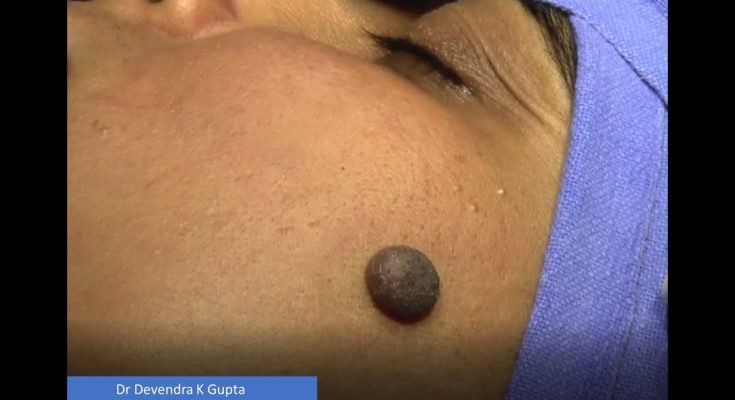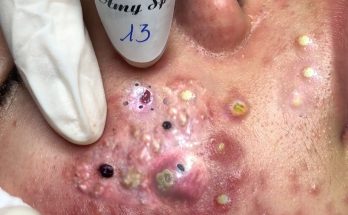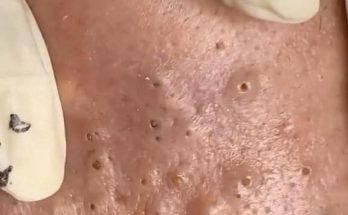Scroll Down to watch..👇👇

Potential side effects of acne scar treatment with subcision include a mild amount of swelling, bruising, and tenderness at or near the injection sites. In order to best prevent any bruising in the treatment area, Dr. Green recommends that one week before your scheduled treatment with subcision for acne scars, you stop taking any blood thinners and non-steroidal anti-inflammatory drugs (NSAIDs) such as Advil, Motrin, and Aleve. She also suggests that you refrain from taking any multivitamins, herbal supplements, or fish oil during the week prior to your procedure. This step helps to avoid bruising in the treatment area after the process is complete.
On the day of your subcision treatment, a topical numbing cream should be applied to clean skin in the treated area one hour before the treatment session to ensure the subcision is as comfortable as possible for the patient. After an hour, the numbing cream will be removed, and the skin will be sterilized with alcohol to prepare for subcision. The depressed scars that are being treated are marked with a surgical pen, and an overhead light is used to visualize depressions. Dr. Green will then subcise the acne scars (and if performing with filler, inject the dermal filler into the designated treatment areas) and evaluate treatment as she completes the procedure.
An 18 or 20-gauge needle is inserted into the skin at an acute angle adjacent to the scar, with the bevel of the needle pointed upwards and parallel to the skin surface. The needle is moved back and forth through the dermis via a horizontal fanning motion to displace the scar tissue and, in turn, promote new collagen production, which will aid in the healing of the skin tissue. This regrowth is what reduces the appearance of the depressions in the skin. It helps “lift” the skin back into the correct place, resulting in an overall smoother complexion and visible reduction in acne scars.
Happy to Watch Full video here..👇👇



